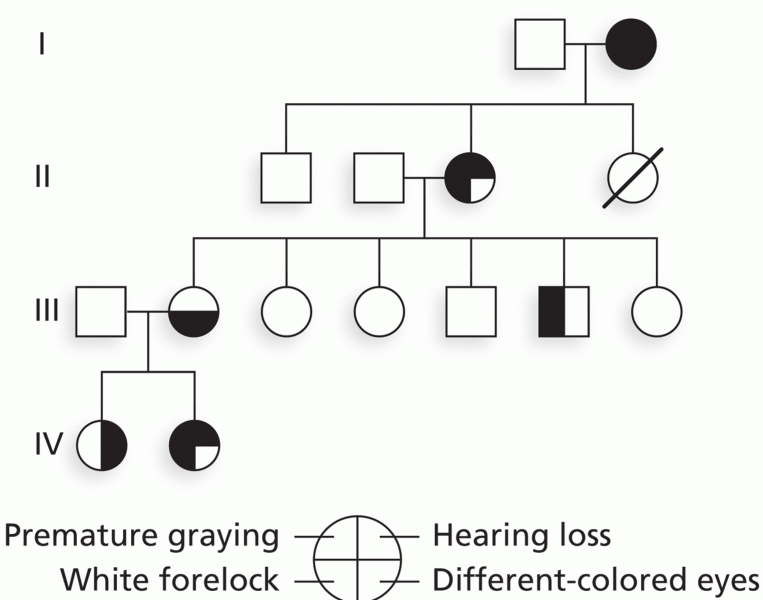This topic contains a solution. Click here to go to the answer
|
|
|
Did you know?
Addicts to opiates often avoid treatment because they are afraid of withdrawal. Though unpleasant, with proper management, withdrawal is rarely fatal and passes relatively quickly.
Did you know?
Cyanide works by making the human body unable to use oxygen.
Did you know?
There are more bacteria in your mouth than there are people in the world.
Did you know?
Blood is approximately twice as thick as water because of the cells and other components found in it.
Did you know?
After 5 years of being diagnosed with rheumatoid arthritis, one every three patients will no longer be able to work.







